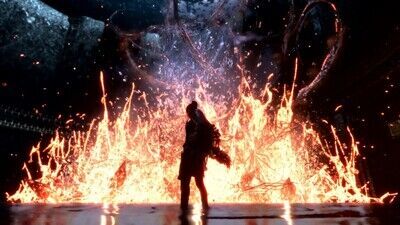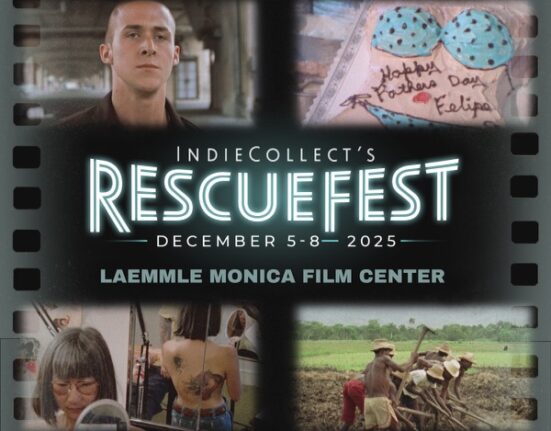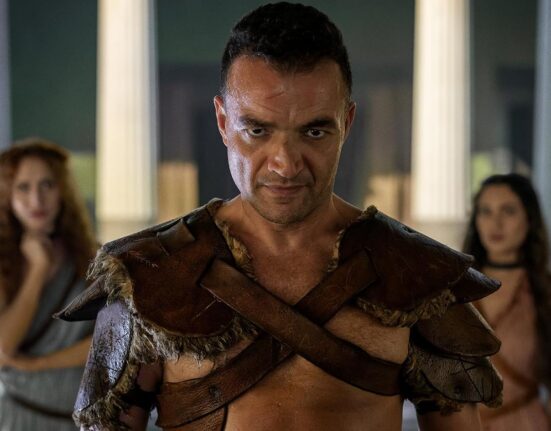“Forspoken” works from such an obvious “Alice in Wonderland” template that it even drops in literal references to the classic fairy tale. This time, Alice is Frey (Ella Balinska of the recent Netflix “Resident Evil” reboot), a New Yorker who has been getting into trouble in the Big Apple when she’s inexplicably transported to the magical world of Athia. It’s also a template that owes a great deal to a Japanese form of fiction called an Isekai, which are typically fantasy or sci-fi tales in which someone gets transported to another world where he or she is the savior of this imaginary land. These saviors usually have magical powers and have to save the day in order to return to their own reality.

That’s exactly what’s set out in front of Frey when she learns that Athia is under the vicious thumb of its version of Wonderland’s Red Queen—powerful magicians known as Tantas, who are voiced by Janina Gavankar, Pollyanna McIntosh, Claudia Black, and Kendall Rae. Before she can battle these beings, Frey must learn the extent of her powers, trained and guided by a magical cuff on her arm voiced by Jonathan Cake (Shade from “Stargirl”).
About those powers: Frey has an ever-expanding arsenal of spells, and I mean an arsenal. Frey eventually learns four different kinds of magic, each with a tree of spells that can be unlocked and upgraded. The left trigger button unleashes a “Support” magic that’s typically more defensive, while the right trigger button goes with the more offensive options that give the game the feel of a magical shooter. There are so many options that you’re better off picking your favorites and sticking with them (I used a Burst Shot in the first tree and a support spell that drops a magic-shooting plant), but there will be times when you have to switch between magic types to tap into the vulnerabilities of various enemies. It’s kind of overwhelming in that you can complete the game without even unlocking a bunch of the spells, much less complete the challenges to upgrade them all. But I was surprised at how quickly I adjusted to the cluttered system, shifting between magic types mid-battle when needed.
Still, the combat in “Forspoken” has a remarkable sameness, amplified by its weak character design and weaker settings. You travel to different regions of Athia, but they all look vaguely the same—hills and valleys with different color palettes slapped on them. The world-building in “Forspoken” is its most disappointing aspect. Sure, there are long-cut scenes in Cipal, the besieged capital you return to regularly, but the bulk of the game takes place over a world that’s cold and narratively flat. This is one of those RPGs in which you do the same thing over and over—clear enemies out of an infested building, run a challenge for time, explore labyrinths to obtain upgrades, find fast travel refuges—and it’s startling how much of it makes for a boring blend. There’s a much stronger version of “Forspoken” that puts far more attention into the world of Athia, and one wonders if the pandemic impacted the game’s development and caused many corners to be cut. Some villages in this world feel half-designed, as if someone stopped working on them before the game was released.







Leave feedback about this